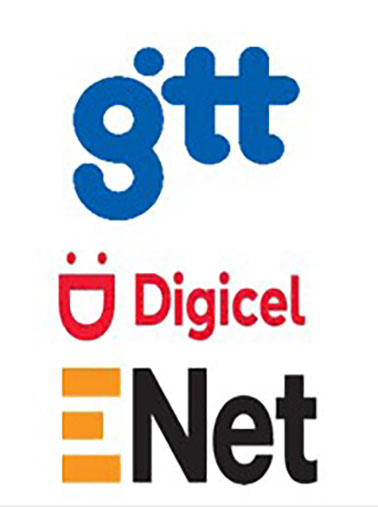There has been a 61% increase in the telecommunication sector since it was liberalised, Prime Minister Mark Phillips told the National Assembly on Friday, adding that Guyana now has three submarine fibre optic cables with the latest expected to become operational this year.
While making his contribution to the budget debate, Phillips reminded that the liberalisation of the telecommunications sector in October 2020, shortly after his government assumed office, marked a significant achievement for the government and the country.
He explained that it fostered “a competitive environment to benefit consumers” with new licences being issued to existing operators, breaking the monopoly on fixed-line services and international gateways. “The sector has seen substantial growth in fixed internet subscribers…,” he stressed.
In 2021 and 2022, he said, there was an accelerated rollout of high-speed LTE networks with a release of premium spectrum in the 700MHz band to operators. While in 2023, there was the launch of a new mobile service provider and just last week, at the beginning of 2024, “I had the privilege of witnessing and symbolically participating in the landing of Guyana’s latest submarine fibre-optic cable aback the Marriott Hotel in Kingston.” According to him, the latest landing brings it to three submarine fibre optic cables connecting Guyana to the internet, and the investor expects the cable to become operational this year.
He then explained that the benefits expected include reduction in data prices as operators further compete, each with the benefit of their own facilities for high-speed gateways to the internet, and increased resilience since operators now have the opportunity to use each other’s facilities as backup routes should their own cables become unavailable.
He noted that this newest offering will add a minimum of 12 terabytes of capacity to our international internet capacity “something that we will not be able to utilise fully based on current growth over the next 25 years.”
Furthermore, private sector investment in the sector increased by 40% between 2020 – 2023 from $10.5 billion to $14.6 billion. Mobile subscription grew by 11% between 2020 and 2022, broadband subscription overall grew by 15% over the period and fixed broadband subscription grew by some 36%.
Notably, he revealed that a fibre optic cable was laid in the Essequibo River, providing reliable high-speed internet to previously underserved areas. “Mobile services have thrived, with a 96% penetration rate and access to 4th and 5th-generation technologies,” he elaborated.
With the implementation of a number of portability enhancing consumer choices, he said, “the commission also conducted a benchmark study on interconnection rates, leading to reduced termination rates in 2022.”
Further, efforts to review quality of service standards and monitoring compliance demonstrate a commitment to maintaining industry standards, he said, adding that “the commission also observed a 31% decrease in consumer complaints in 2023, reflecting improved services amid heightened competition.”




